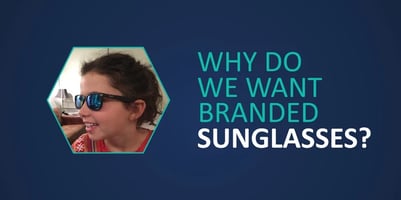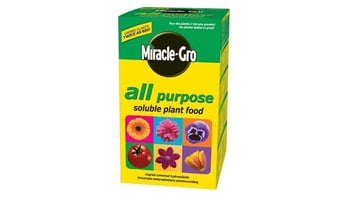May 30, 2019
Speed of insight, the new competitive edge.
July 21, 2017

Fashion retail has seen mass disruption over the last decade and that disruption isn’t about to let up. Fast and fragmented media led to an increase in the speed of consumer demand. Then supply chain, eCommerce and delivery innovation increased the product’s speed to market. Now technology is making the relationships between brands, influencers and customers stronger. Next, for retailers to remain both competitive and relevant today they will require a speed of insight to these changing markets as yet unseen.
Through the first half of 2017 at Buying Intelligence we have worked with our users and reviewed the large amounts of data we gather each month for them. In this analysis we’ve consistently seen three trends that demonstrate this need for a speed of insight:
- Local Market Nuances – For example; Topshop Australia recently entered voluntary administration impacted by the fiercely competitive local market. Struggling to strike the right balance between basic vs fashion products and the right price architecture, they’ve fallen victim to the challenges of tracking the nuances of international markets and staying in touch with the local competitors.
- Hot and Cold Categories – For example; fashion sneakers have dominated the fashion landscape for several seasons however recent data indicates that retailers should be showing caution in investing too heavily in this category. Stylerunner, a leading premium activewear pure play store, looks to be showing caution in this leading category. Peaking in the range breadth in April 2016, we see a 30% decline in the numbers of products ranged today and significantly a dramatic increase in the number of marked down products. Understanding hot categories is imperative to ensure retailers are not caught with a range which is too wide and difficult to clear as/when the category cools.
- Shrinking to Grow – For example; there is a buzz around the New York premium leather goods brand, Coach, as the company reported better than expected earnings, sending shares of the stock up by more than 11%. Coach has actively reduced the size of their range by up to 25% in US department stores, focusing their efforts on the more profitable over $400 end of the range. This targeted focus has meant reduced markdowns overall leading to healthy profits for the luxury handbag retailer. Coach is one of the only retailers successfully “shrinking to grow”, meaning reducing the number of products in the range and focusing their efforts on their most profitable price categories, in this case, the over $400 end of the range.
For a free trial of our platform, don’t hesitate to visit www.buyingintelligence.net or contact me directly.
—————————-
November ’17 Update:
I’ve been asked to present this a few times now. Recently, the University of Technology in Sydney (UTS) asked me to come and talk to their students as a part of a delegation put together by The Australian Fashion Chamber. Here is my presentation:



